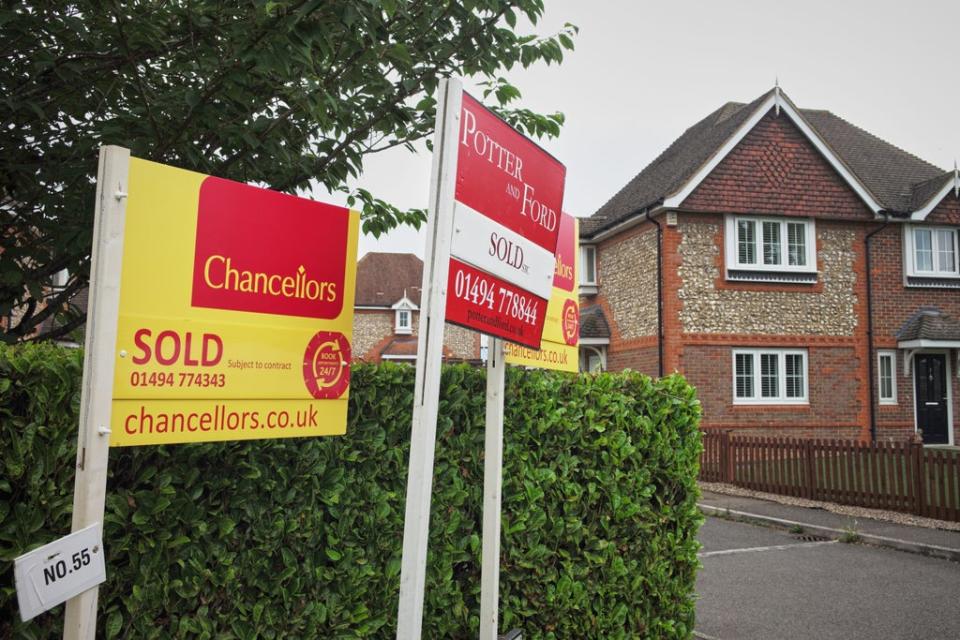The number of Londoners moving house more than doubled in 2021 — where did they go?

The number of people moving house in London has risen 165 per cent over the course of the pandemic, a bigger jump than anywhere else in the country apart from the south east.
This activity pushed the average price paid for a house up five per cent, from £667,453 in the first six months of 2020 to £699,864 a year later, new data from the Halifax reveals.
In the frantic race for space following the first lockdown, compounded by the Chancellor’s emergency stamp duty holiday, 24,970 people moved to a new home in the capital in the first half of the year compared to 9,440 in the same six months the year before (although for six weeks of that time, the housing market was on lockdown).
The increase in the number of homemovers soared in all regions, but the sharp incline in London was double that in Scotland. Only in the wider south east region was there a more dramatic increase of 169 per cent as 72,690 people bought a new home.
Where Londoners are moving to now
In a city where housing market activity is usually dominated by the sale of flats, terraced housing was the most popular type of property purchased as young families made the move from apartment to house to get more space and a garden.
“There has been a huge amount of churn within the market place as people have been eager to upgrade their living situation with a property that offers more space or outdoor access,” says Guy Gittins, chief executive of Chestertons.
“We are also seeing movers, who left their central London property in exchange for a home in one of the city’s outer areas, now being replaced by international buyers who are returning to the market and looking for a city centre lifestyle and a pied-a-terre,” he added.
The old cliche of buyers sticking to certain compass points – being classified as a ‘north Londoner’, for example – has now vanished, he continues. Buyers are now putting the property over the place.
Islington is one of the current hotspots, according to Gittins. “It’s Notting Hill 15 years ago in terms of pricing, has a buzz and excellent transport links,” he says.
House price growth in London lags the UK
Across the UK the number of homemovers more than doubled (132 per cent), as did the number of transactions in all regions bar Scotland.
In the 12 months to June 2021, 461,010 transactions took place, up by 50 per cent, and the average price paid by homeowners across the UK rose 11 per cent to £387,485.
This rate of price growth dwarfs the five per cent price inflation in the capital, which still lags the rest of the country on this metric.
Knight Frank’s head of research Tom Bill puts slow house price growth down to stretched affordability levels in the capital compared to other parts of the country.
“House price growth in London is underperforming most parts of the UK for reasons that pre-date the pandemic.
“Affordability has been the key driver of UK house prices in recent years, which has led to a more muted market in the capital and stronger growth in better value areas,” he says.
“Add a global pandemic into the mix where large numbers of people took part in a race for space and this trend was accentuated,” Bill adds.

 Yahoo Finance
Yahoo Finance 